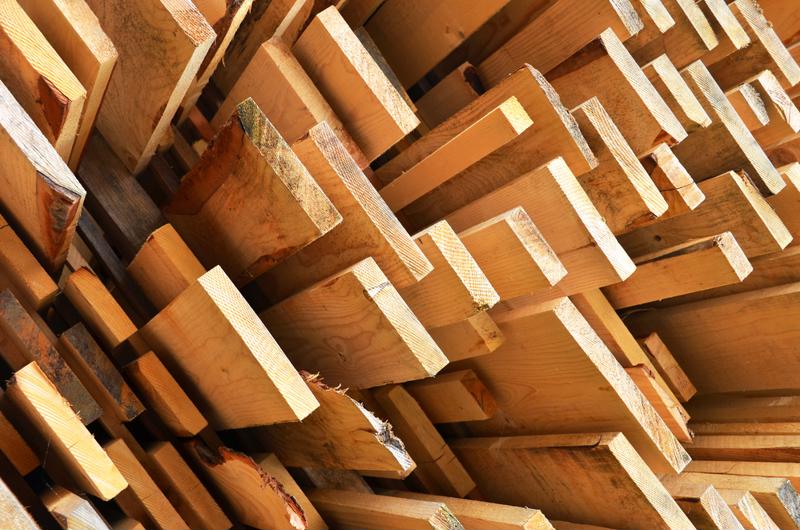Home prices are influenced by numerous factors, including inventory, geography, demand and the materials that are used during the construction process. Chief among those materials is lumber, and for the better part of two years, lumber prices have see-sawed wildly, fueling frustration among developers as well as would-be homebuyers.
With the summer winding down, the cost of lumber is trending in the same direction, fueling speculation as to how the latest volatility will affect construction and what homes sell for once placed on the market.
Based on lumber price data from NASDAQ, lumber futures fell to $476 in late August. That's down from roughly $600 on Aug. 17 and an even higher figure a week before that. In January, meanwhile, lumber futures were north of $1,300.
Price volatility has encapsulated the real estate market this year. Such swings are unusual for lumber, specifically softwood lumber, a wood that is primarily used for aspects of home building like framing, interior moldings and window installation. In June, for example, the Producer Price Index for softwood dropped over 22% compared to May, Supply Chain Dive reported from data collected by the National Association of Home Builders. And for lumber overall, the PPI tumbled 35% comparing July to March.
Price volatility on a monthly basis has consistently hovered between 25% and 30% since 2020, an unprecedented degree. The NAHB says deviation has historically been no more than 10% tracing back to 1947.
Perhaps the most interesting aspect of the steep declines in the cost of lumber is the fact that they're happening in a hyperinflationary environment, when just about all products cost more to buy. For instance, during the second quarter, roofing materials cost 11% more than in the same three-month period in 2021, according to data from the National Multifamily Housing Council. Additionally, prices for electrical components were up 12%, appliances by 5% and insulation 10%. Lumber prices, meanwhile, dropped by 5%.

COVID-19 fueling the price swings
As with so many other aspects of the economy, COVID-19 is contributing to the schizophrenic nature of the housing market as well as construction materials, noted David Logan, an economist at NAHB. Speaking to Multifamily Dive, he stated that when the pandemic led to sawmills closing, that affected production, and the repercussions on the supply chain lasted for much of 2020. Meanwhile, buyer demand rose, which came as a surprise to suppliers and led to price hikes.
"They didn't want to be sitting on huge inventories of lumber, so that's what initially caused the large upswing in prices in 2020," Logan explained.
Paul Cino, vice president of construction and development and land use policy for NMHC, opined that depressed lumber prices may be symptomatic of the impact inflation has had on businesses that rely on lumber.
It's possible that lumber prices could fall even further if home sales continue to dwindle, which some attribute to rising interest rates. In July, existing-home sales dropped for the sixth straight month, according to the National Association of Realtors. Whether lumber prices dwindle further depends on if builders shore up inventory amid the pull back in buying or decide to pull back themselves.


Post A Comment:
0 comments so far,add yours